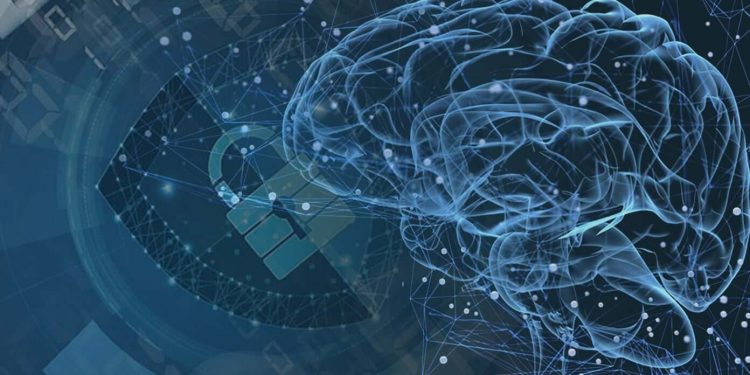Deep learning, with its power to prevent threats in zero time, is shifting the way we look at cyber-attacks. Also known as “deep neural networks,” it is openly inspired by the way the human brain works. It can intuitively understand the meaning of any input based on the existing details and doesn’t demand manual assistance to learn its implication.
This self-directed and inventive endpoint protection detects diverse threats, even ones that look novel. It provides inhibition, recognition, and reaction with the lowermost false-positive rate, peak detection rates of unidentified malware, and zero-time to safeguard the endpoint, new device, and operating system, against cyber threats, with profound influence on performance.
Deep Learning Protects Against Cyber Threats
It turns out that deep learning offers a more advanced form of shield against cyber threats than AI or machine learning solutions in the market. It addresses both the dimension and swiftness of the modern threat setting. We know that present-day hackers are leveraging automation to breed new strains of malware on a global scale at a whopping speed of almost a million per day.
The traditional threat defenses based on a sandbox or signature requires manual touch. And, hackers have developed various techniques for evading them. Sandbox-based threat detection executes dynamic analysis on files in a virtual background, where large file sizes or certain file types cannot be scrutinized in malware sandboxes. On the other hand, the signature-based solution works only for known threats. Also, it confines the number of signatures that can be stowed on security products at a given time.
This limitation indicates the necessity of a new approach – one that is automated, quick and offers threat detection in an accurate manner. Although deep learning is not the cure-all for the existing security issues, it is still an ideal solution for spotting both the known and unknown network threats in a fraction of a second.
Also read: A Standard Approach to Managing Cybersecurity Threats
Deep Instinct’s Artificial Neural Network Technology
Deep Instinct is the world’s first and only deep learning cybersecurity company that uses neural network algorithms to identify and stop known and unknown malware, APT attacks, and malicious code ransomware in milliseconds. Its Fortune 500 customer list includes global financial services, insurance, healthcare, aviation, and technology firms.
The company has grown radically since its inception due to the demand for its groundbreaking neural networking technology. It has seen a 300% increase in its customer base and achieved an over 400% increase in revenue in 2019. Recently, the company has also raised $43 million in a Series C funding round to support the expansion of business operations globally.
Its Artificial Neural Network algorithm imitates the human brain to recognize cybersecurity threats in real-time. Its solution is based on a two-phase approach, parallel to how our brain analyzes and acts innately.
- Training Phase: In this phase, the machines are trained with millions of malicious and legitimate files to produce the prediction model. Training is steered every few months, based on new trends and market analysis.
- Prediction Phase: Using the deep learning prediction model (D-Brain), the machine predicts the malicious intents and prevents them in real-time.
Training of Neural Networks
With more than 350K new malware being generated every day, the deep learning model requires training for hundreds of millions of malicious data files. Moreover, finding the deep learning experts to develop the specific model is challenging as only a few people know the technology well enough to modify the algorithm designed exclusively for cybersecurity.
Deep Instinct resolves this issue by building its deep learning framework from scratch. It utilizes a software library that assists the programming of deep learning models and its execution. While the traditional machine learning approach evaluates the data in a linear model, the deep learning algorithms such as neural networks use multiple levels of non-linearity to produce a more accurate data analysis.
At present, only GPUs are applicable for training deep learning models. Other hardware may be developed in the future as the demand is increasing.
Conclusion
Deep learning is the sole Artificial Intelligence-based autonomous system that is not limited by an expert’s technical skill. Its proven ability to effectively expose unknown cyber threats is a paradigm change. However, it’s still at an early stage, and we can expect significant improvements, especially considering the recent and promising development of neural networking algorithms.








